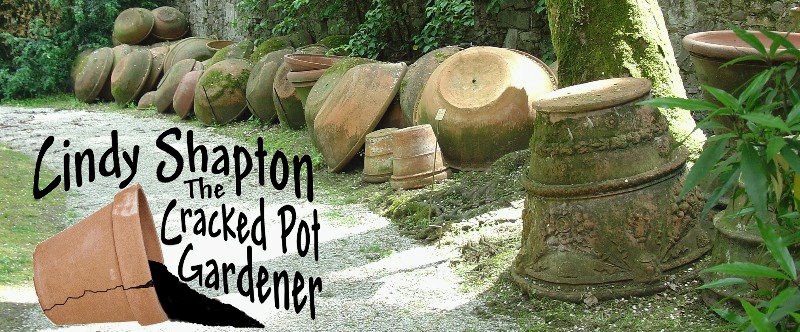 This was my third of five weekend classes in Mountain City, GE learning about wild plant medicine making. The weather was near perfect, no rain which in a rain forest is unusual. We trekked over trails and at Patricia's whim we would stop, drop and key out plants.
This was my third of five weekend classes in Mountain City, GE learning about wild plant medicine making. The weather was near perfect, no rain which in a rain forest is unusual. We trekked over trails and at Patricia's whim we would stop, drop and key out plants. She and Lorna are trying to get it through our heads to think in families when we look at plants. By recognizing plant families we will have a basic familiarity right from the git-go and no matter where in the world we are we will at least know a little something to point us in the right direction.
She and Lorna are trying to get it through our heads to think in families when we look at plants. By recognizing plant families we will have a basic familiarity right from the git-go and no matter where in the world we are we will at least know a little something to point us in the right direction. It's like going to the pool at the YMCA in the summertime and observing the families who come to swim...the kids all have similar characteristic traits special to their family which makes it easy to identify which family they belong to. Does that make sense or is it just me?
 Many of the plants we keyed out this weekend were in the Aster family....hence Asteraceae, the proper family name. I had no idea how many plants are in this family and how difficult they are to identify down to precise variety.
Many of the plants we keyed out this weekend were in the Aster family....hence Asteraceae, the proper family name. I had no idea how many plants are in this family and how difficult they are to identify down to precise variety. Difficult or not, persistence, a good magnifier with guidance from our fearless leaders and our trusty 'Newcomb's Wildflower' and 'Vascular Plants of the Blue Ridge' books in hand (or backpack or apron) usually resulted in the correct identification of certain Asters, Goldenrods and Boneset varieties which were blooming happily in fields, on the roadsides and along the trails.
It took this long for things (anything) to start clicking in my brain but I'm actually starting to put it all together and think in plant families. Patricia and Lorna will be so proud.
Last class which I didn't make time to post was great fun because we actually experienced harvesting. We dug pleurisy root and cut the soft areal parts of Passion flower, from a field covered in blooms of orange, white and purple. We also gathered Skullcap and horsemint along a trail. All this harvesting was of course done with permission and permits properly obtained. I learned many things but one thing is for sure, a small shovel is a wonderful tool and won't wear a hole in your palm like a trowel will.
Back at Foxfire, we quickly went to work to make medicine from the freshly harvested herbs. We first scrubbed the roots and cut them up in small pieces for a tincture process. We discussed menstruum - the fluid that is poured over the herb parts and the ratios of alcohol and water, how to dilute and how to figure out weight to volume for each plant that we were to tincture.
Once the roots pieces were submerged properly in the correct menstruum I then snipped passion flower and skullcap into separate bowls to be weighed. Once the correct ratio was figured out I put the areal parts into a jar and measured the menstruum and poured it in the jar and put a tight lid on them.
The tincture sits for two weeks (shake daily) before I strain it and put it in it's final resting place (jar), labeled of course. This process was finished at home. It is important to keep good records of all medicine making so I've started a notebook dedicated to just that.





4 comments:
your classes sound so interesting! i loved learning something about plant families, too. it makes keying anything so much faster! at least you know where to start. i hope you'll write more about the medicines you make.
You sound like a kindred spirit...I will write more about this subject- it's way too much fun not to! Thanks for your comment;)
I seldom leave comments on blog, but I have been to this post which was recommend by my friend, lots of valuable details, thanks again.
Glad it was helpful to you!
Post a Comment